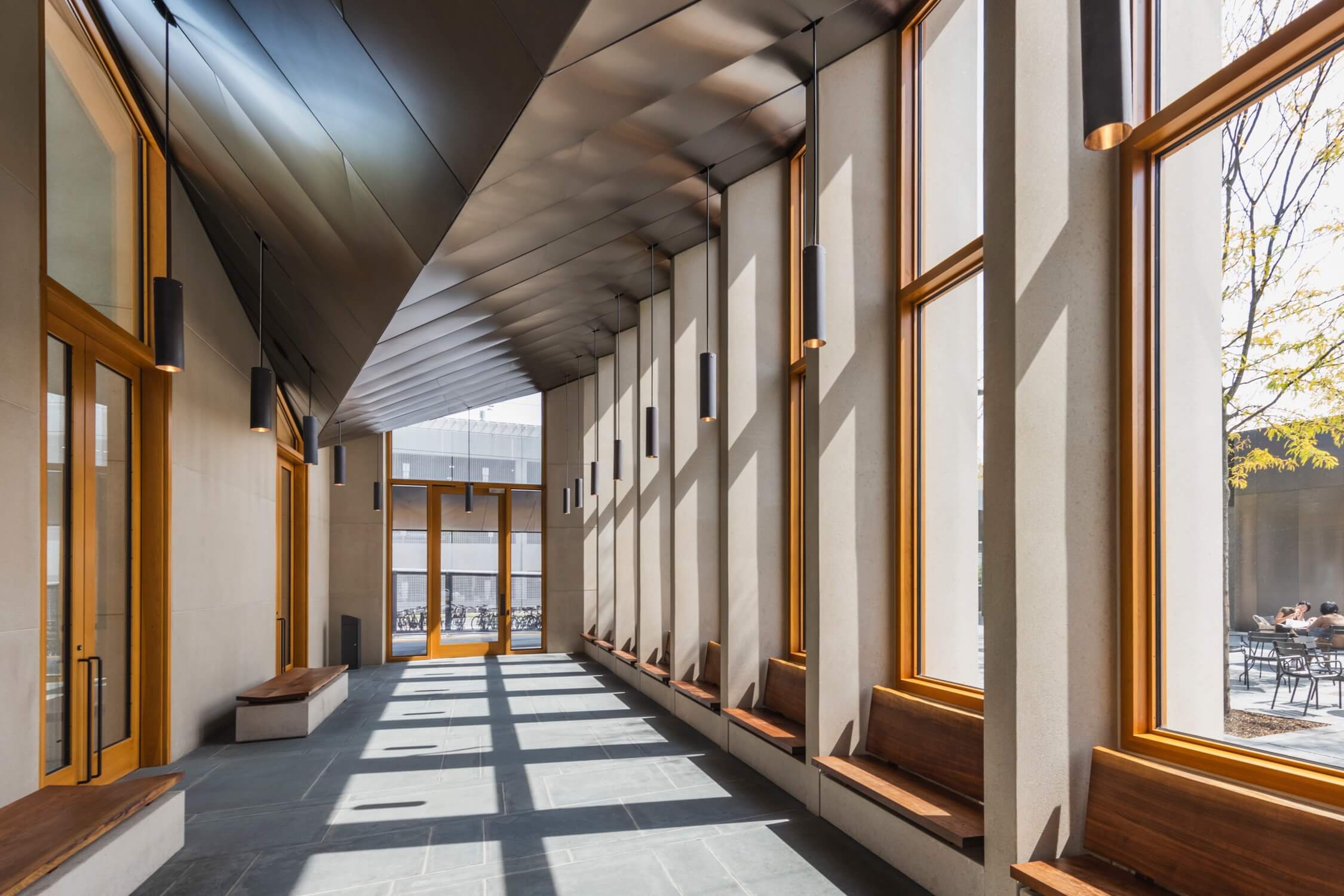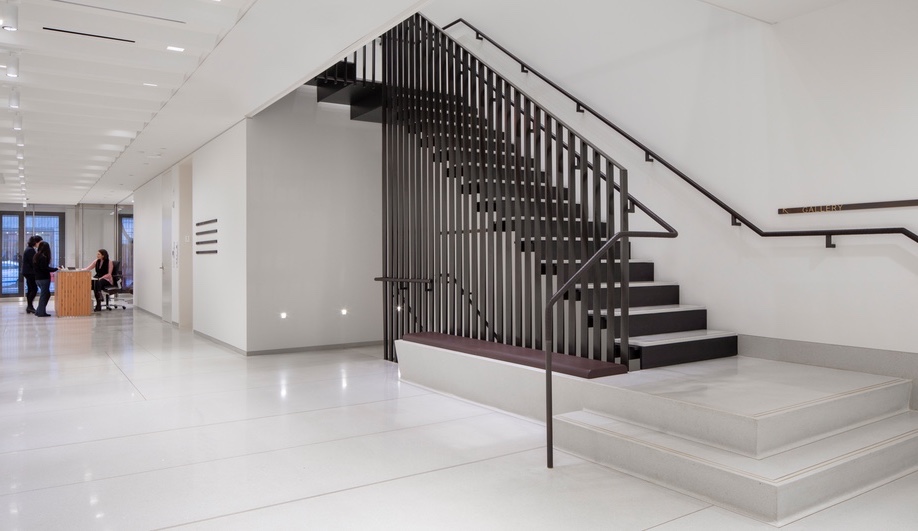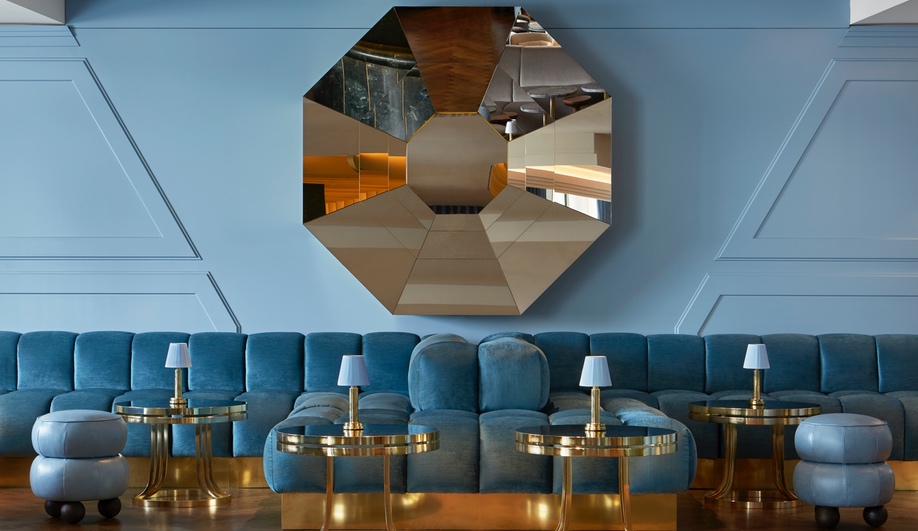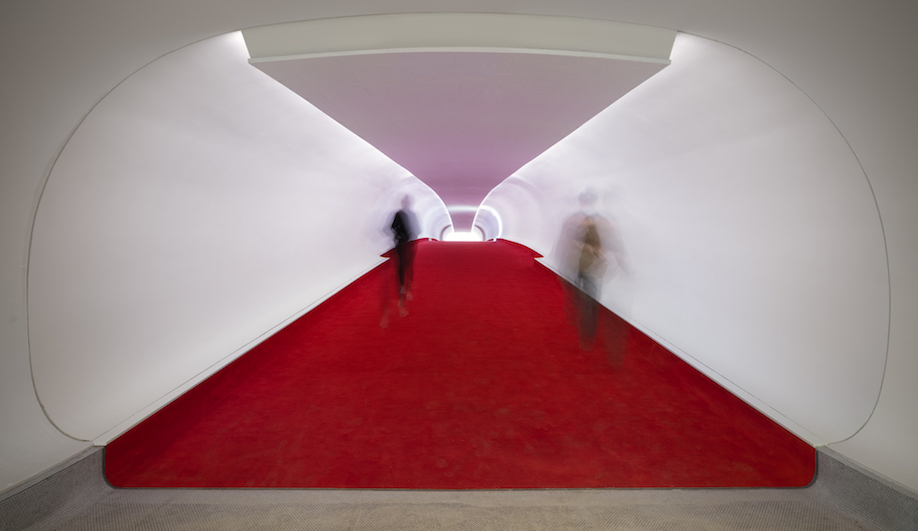
The Japanese architect’s Aspen Art Museum seems deceptively simple, yet its facade – made of paper-resin composite and African okoume hardwood – showcases wood’s potential as a cutting-edge material.
While commemorating its 35th anniversary last summer, Colorado’s Aspen Art Museum unveiled a striking structure with which Pritzker Prize–winning Shigeru Ban once again reveals the versatility of wood in an original and unexpected way. Inside the four-storey building, an intricate wooden space-frame ceiling crowns much of the upper floor, reaching out to form a canopy over a rooftop sculpture garden.
Most dramatically, the architect developed a unique facade for his first permanent North American museum, by weaving long bands of ProdEX, a paper-resin composite sandwiched between veneers of African okoume hardwood.
Specially customized for the project, the strips are joined and affixed to a structural steel frame, creating an open-mesh screen that clads the two street-front elevations. The wood species – prized for its suppleness and its mahogany-like appearance – is more often utilized in boat building and guitar making, and as a decorative veneer for furniture makers.
Ban’s signature aesthetic sees the screen actually woven on site and applied to the exterior walls. The skin provides partial shading and casts an eye-catching grid of shadows on the grand staircase, which rises along either side of the glass wall, with one half in the open air, between the glazing and the cladding, to a rooftop terrace with spectacular views of Aspen and the Rocky Mountains beyond.
Contemporary in design yet classic, due to its imaginative use of wood, Ban’s museum elevates a humble construction material to a work of art worthy of the ones within the building.




